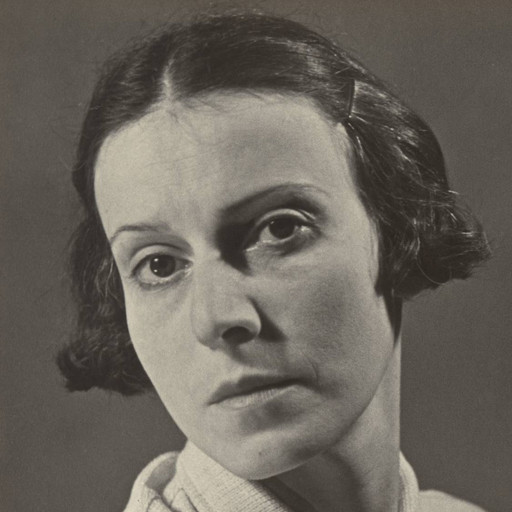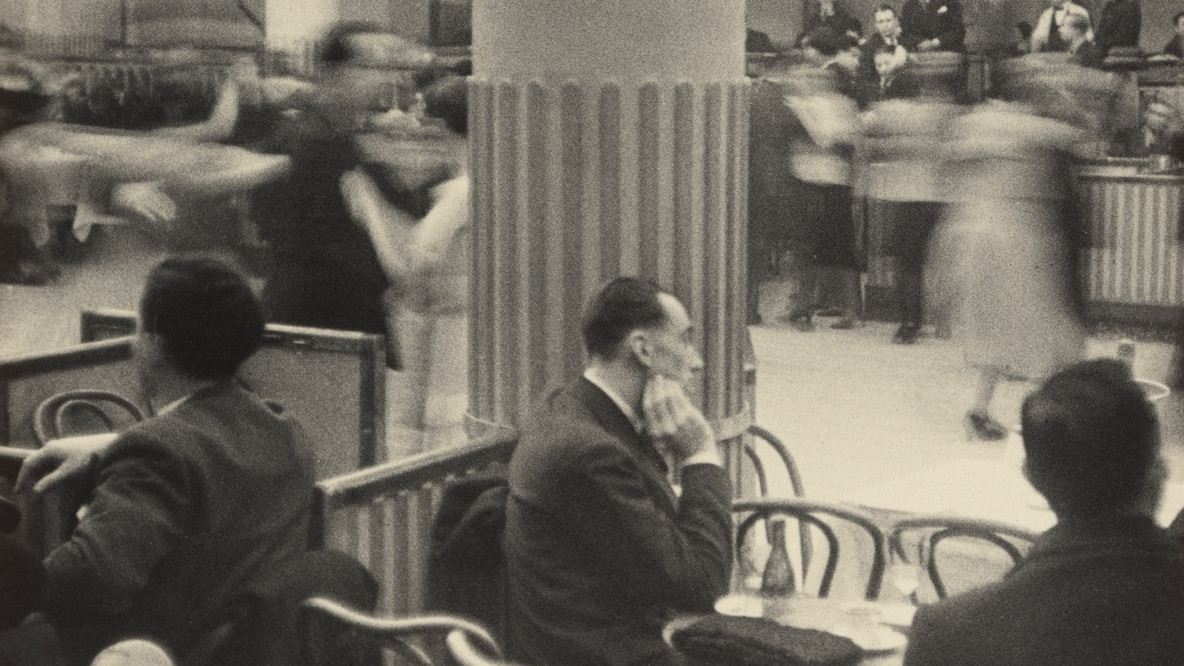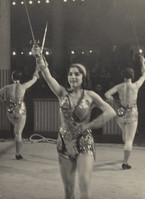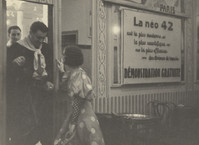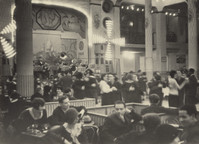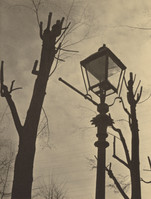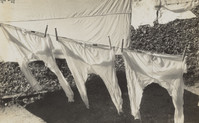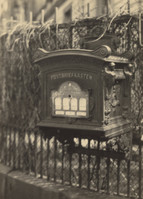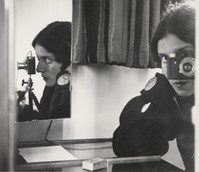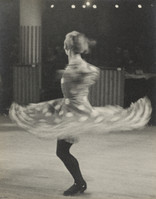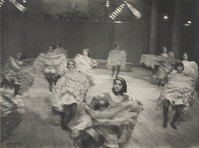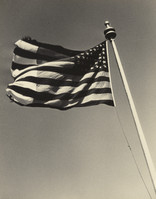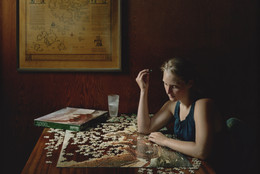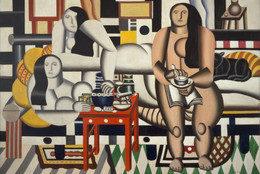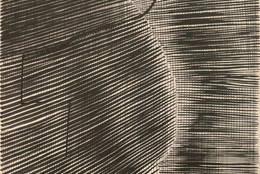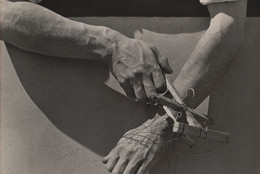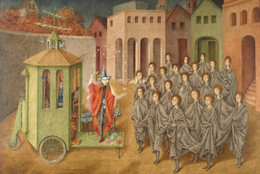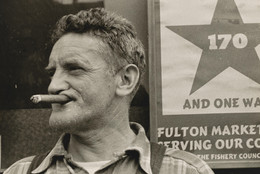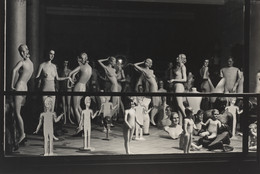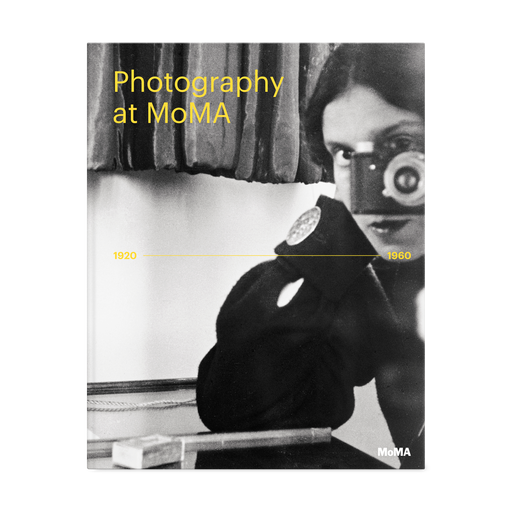“I felt that the camera grew an extension of my eyes and moved with me.”
Ilse Bing
“I felt that the camera grew an extension of my eyes and moved with me,” the photographer Ilse Bing once said. One of her best-known photographs—a self-portrait taken in a mirror—seems to illustrate this thought. It shows both a frontal view of Bing peering from behind her camera, and a profile view that allows us to see more of her face and camera. This image, which highlights the small camera on a tripod, has become an icon of modernist photography. This small camera that Bing championed was a Leica, which revolutionized the way photographers could shoot, and she soon came to be known as the “Queen of the Leica.”
Bing began her career as a photojournalist in Frankfurt. In 1930, inspired by the work of Paris-based photographer Florence Henri, she packed up and moved to the French capital. Bing’s career flourished there: She freelanced for publications such as Le monde illustre, Regards, Paris Vogue, Vu, and even the American Harper’s Bazaar. Bing also established herself as a prominent avant-garde artist, experimenting with angles, motion, and printing techniques in many of her photographs of Paris landmarks, including at the Eiffel Tower, the Moulin Rouge, and the fountain on Place de la Concorde. Bing said, “It was a time of exploration and discovery…. We wanted to show what the camera could do that no brush could do, and we broke every rule. We photographed into the light—even photographed the light, used distorted perspective, and showed movement as a blur. What we photographed was new, too—torn paper, dead leaves, puddles in the street—people thought it was garbage! But going against the rules opened the doors to new possibilities.” Along with other rule-breaking contemporaries such as Man Ray and Andre Kertesz, Bing exhibited her work in cutting-edge galleries in Paris and New York City, as well as MoMA’s first survey exhibition of photography, Photography 1839–1937 (1937).
In 1940, when the Nazis invaded France, Bing and her husband, who were both Jewish, were placed in separate internment camps in France. Luckily, with the support of an editor at Harper’s Bazaar, they were able to obtain visas and immigrate to New York the next year. There Bing continued to take pictures, but in 1959 she decided to quit photography: “I wanted to make mobility felt and I needed another medium, so I turned to poetry…. My poems are called 'snapshots without a camera.’” So, she reasoned, “I am always a photographer, whatever I do.”
Jane Pierce, Carl Jacobs Foundation Research Assistant, Department of Photography
The research for this text was supported by a generous grant from The Modern Women's Fund.
